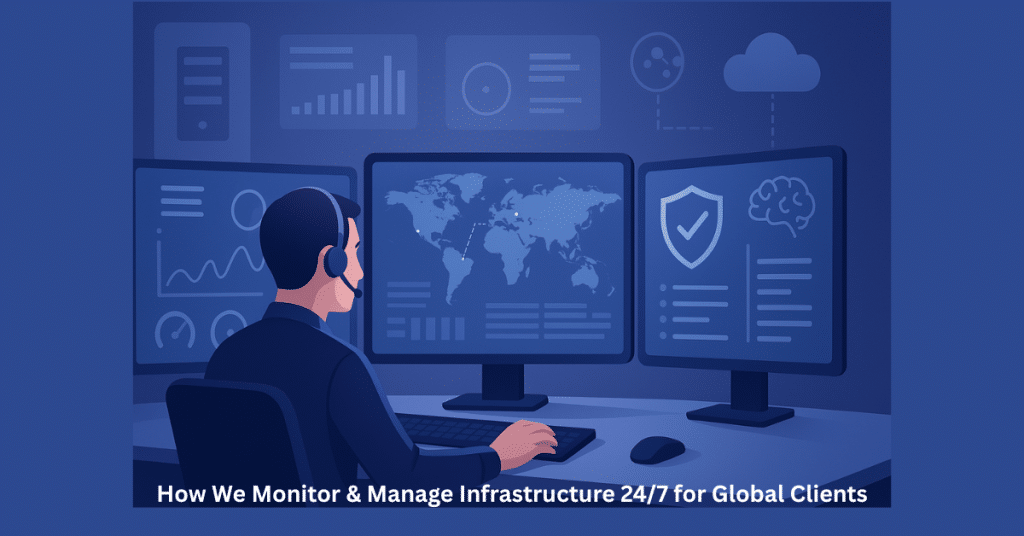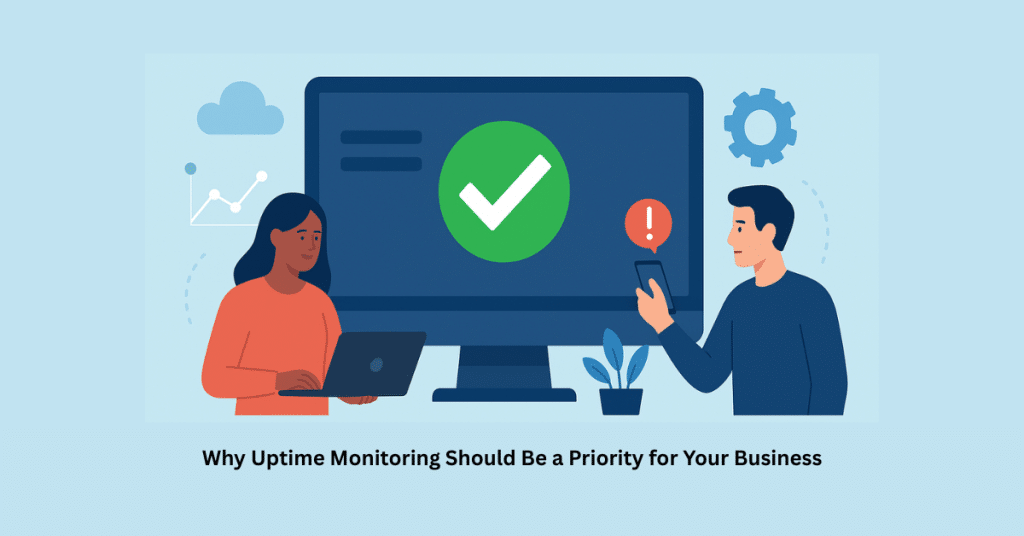While companies adopt cloud computing for agility, flexibility, and scalability, security of digital assets has never been more important. In this blog, we will take you through the cloud security best practices we adhere to that ensure protection of IT infrastructure against threats. These steps, from identity management to data protection and compliance, ensure resilience and faith in the cloud.
Introduction
Cloud adoption has transformed how businesses operate. Whether you’re running applications on AWS, Azure, or Google Cloud, the cloud offers agility and cost efficiency that traditional infrastructure simply can’t match.
But with this convenience comes a challenge: security. The shared responsibility model means cloud providers secure the infrastructure, but it’s up to businesses to protect their applications, data, and users. That’s where cloud security best practices make all the difference.
In this piece, I’ll pass on the successful tactics we execute to assist organizations in fortifying their defenses. Consider this to be a manual that weaves together real-world advice and lessons gleaned from the trenches.
Why Cloud Security Matters More Than Ever
The increase in cyberattacks is staggering. From ransomware attacks on healthcare providers to data breaches in finance and retail, there is no industry that is insulated. The cost of a breach can extend into millions, let alone the damage to reputation.
By implementing cloud security best practices, organizations can mitigate risks, address compliance, and establish customer trust. It’s no longer nice to have — it’s a necessity for survival and growth.
1. Identity and Access Management (IAM): The First Line of Defense
Most breaches result from compromised credentials. That’s why controlling who has access — and what they can do — is crucial.
We implement the principle of least privilege, so that users get only what they really need. Multi-factor authentication (MFA) is required for all environments. Role-based access controls (RBAC) and just-in-time access add additional checks to prevent misuse.
By stacking these controls, IAM is a rock-solid foundation of cloud security best practices.
2. Data Encryption: Securing Information Everywhere
Data is the business’s crown jewel. Securing it at rest and in transit is not negotiable.
We enforce robust encryption protocols like AES-256 for data at rest and TLS 1.2+ for data in transit. Keys are securely stored and administered through cloud-native key management systems (KMS). For high-risk workloads, we employ hardware security modules (HSMs) to protect keys.
This way, even if data is intercepted, it’s useless without the appropriate decryption keys — a cloud security best practice foundation.
3. Network Security: Building Layers of Protection
Securing the network layer is similar to erecting walls around a castle. Firewalls, intrusion detection, and intrusion prevention systems (IDS/IPS) are the outer layer defense.
We segment the networks using virtual private clouds (VPCs), segregate important workloads, and use microsegmentation. Traffic is monitored using tools such as AWS GuardDuty, Azure Security Center, or third-party tools.
By managing east-west and north-south traffic, we reduce the attack surface. These measures are a core part of cloud security best practices.
4. Continuous Monitoring and Threat Detection
Security is not a one-time setup — it’s a process that continues. Continuous monitoring allows us to recognize suspicious behavior before it becomes a full-blown incident.
We utilize Security Information and Event Management (SIEM) systems, log analytics, and AI-based monitoring solutions. Alerts are filtered to prevent noise, and incident response playbooks facilitate rapid action.
This active approach guarantees cloud security best practices aren’t abstract concepts but actively safeguarding systems 24/7.
5. Compliance and Governance: Compliant with Industry Standards
From GDPR to HIPAA and PCI-DSS, compliance is not just a checkbox. It’s about creating processes that adhere to regulations and create customer trust.
We embed compliance checks within DevOps pipelines. Automated auditing and reporting make it easier to stay one step ahead of requirements. Governance policies enforce consistency between environments and prevent shadow IT and misconfigurations.
Embedding compliance into daily workflows strengthens cloud security best practices and reduces the risk of penalties.
6. Secure DevOps (DevSecOps): Shifting Security Left
Traditional security checks at the end of development cycles no longer cut it. In the cloud era, security must move earlier in the pipeline.
We embed security testing tools into CI/CD workflows. Static code analysis, dependency scanning, and container image checks help us catch vulnerabilities before deployment.
This “shift-left” strategy embeds cloud security best practices in the center of software development, making applications secure from day one.
7. Backup, Recovery, and Business Continuity
Disasters do strike — from careless deletions to large-scale ransomware attacks. Having backups and recovery plans is critical to being resilient.
We use the 3-2-1 rule: data with three copies, on two media types, with one offsite. Regularly executed recovery exercises ensure backups are not a theoretical exercise but realizable when necessary.
With resilience as a part of cloud security best practices, we can guarantee business continuity even when faced with the worst-case situation.
8. Employee Awareness and Training
Technology alone cannot prevent breaches — humans are responsible for most of it. Social engineering, phishing, and insider threats continue to be some of the leading attack vectors.
We invest in recurring security awareness training, phishing simulations, and role-based workshops. This turns employees into the first line of defense rather than the weakest link.
Human-centric approaches like these close the loop of cloud security best practices.
9. Shared Responsibility Model: Defining the Boundaries
One of the most neglected spaces in cloud security is the shared responsibility model. Cloud vendors secure the physical infrastructure while customers must secure data, applications, and access.
We ensure that clients are aware of where their responsibilities start. Misconfigurations are among the leading causes of breaches, and clear understanding prevents expensive errors.
Being able to identify this model is key to using cloud security best practices effectively.
Conclusion
Protecting your IT infrastructure in the cloud is not a matter of one tool or tactic. It’s about interweaving several layers of defense, ongoing monitoring, compliance, and an attitude of awareness.
The cloud security best practices we adhere to — from IAM and encryption to monitoring, DevSecOps, and training — are designed to defend against today’s threats while gearing up for tomorrow’s challenges.
As cybersecurity threats are constantly changing, companies that spend money on security will not only safeguard their resources but also become competitive. Security isn’t protection — it’s trust, reputation, and growth.



